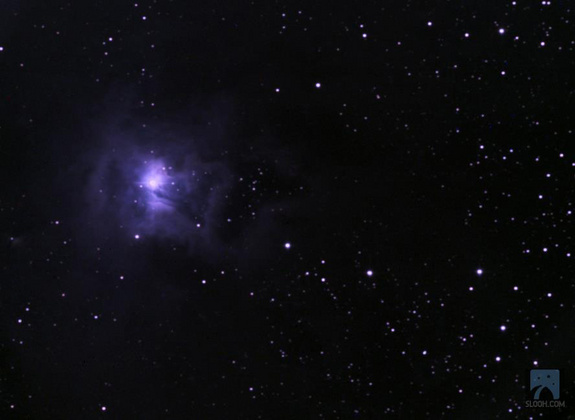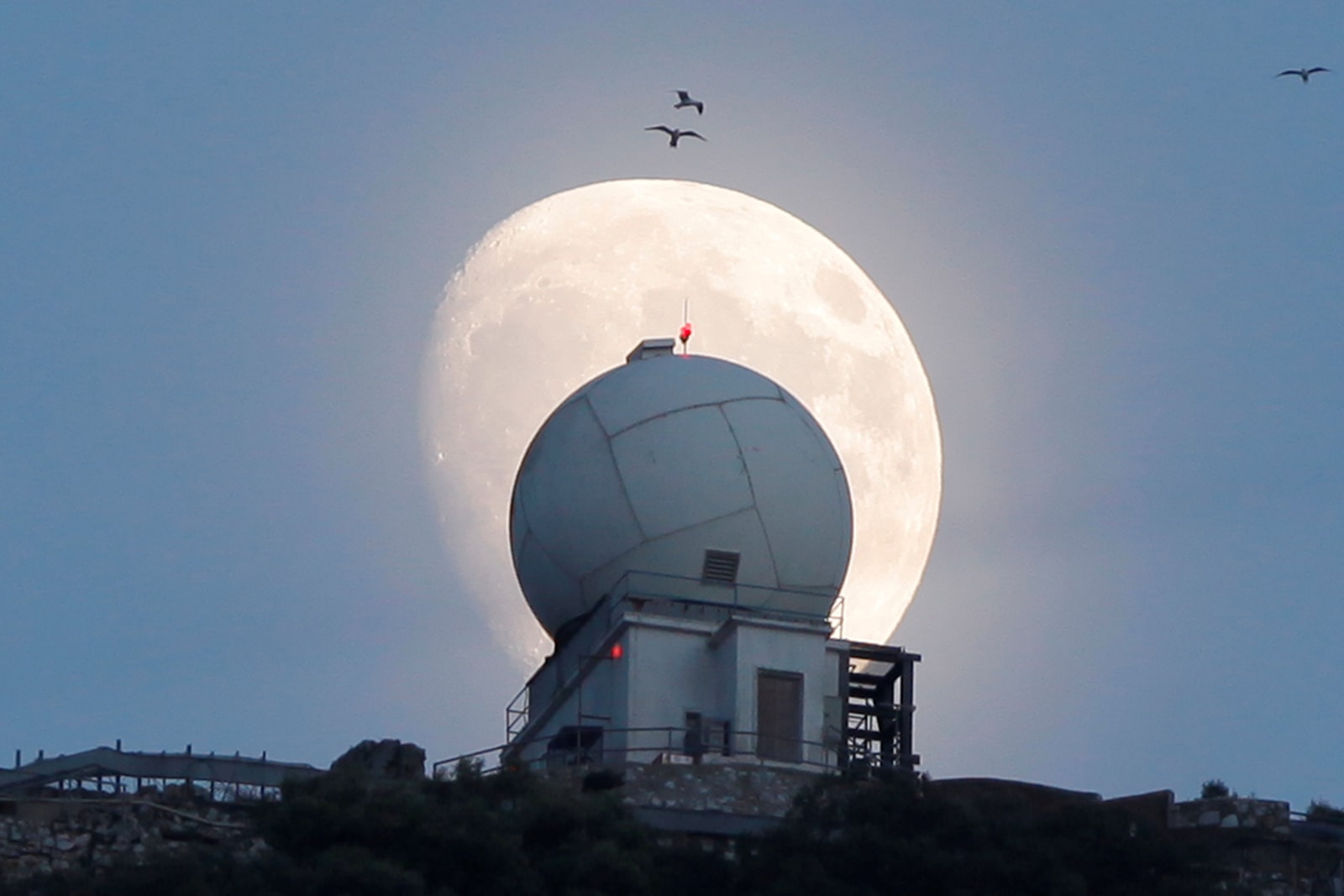Slooh Space Camera to Broadcast Live Feeds of Super Close Moon / Jupiter Conjunction
On Monday, January 21st, the Moon will appear amazingly close in the sky to the largest planet in our solar system, Jupiter. The Waxing Gibbous Moon - the lunar phase between first quarter Moon and a full Moon - will be approximately one degree south of Jupiter appearing to be only a pen width apart. This will be closest conjunction between the two celestial bodies until 2026.
Slooh Space Camera will cover the event live on Slooh.com, free to the public, Monday, January 21st at 6:00 PM PST / 9:00 PM EST / 02:00 UTC (1/22) - International times here: http://goo.gl/xySeo - accompanied by real-time discussions with Slooh President, Patrick Paolucci, Astronomy Magazine columnist, Bob Berman, and astro-imager Matt Francis of the Prescott Observatory. Viewers can watch live on their PC or IOS/Android mobile device at t-minus zero.
By good fortune, the Great Red Spot will be traveling across the middle of Jupiter's disk during Slooh's live broadcast.
If skies are clear, individuals can view the conjunction by looking at the Moon and finding the brightest star in the sky next to the Moon, which will be Jupiter. Individuals with binoculars or telescope may capture more detail of Jupiter, including some of the satellites.
 If you enjoy watching nature livestreams (and let's face it, who hasn't put on a panda cam at least one or twice while toiling away), then you may love today's announcement. Slooh, an online astronomy community that has a network of telescopes, is no...
If you enjoy watching nature livestreams (and let's face it, who hasn't put on a panda cam at least one or twice while toiling away), then you may love today's announcement. Slooh, an online astronomy community that has a network of telescopes, is no...
 If you enjoy watching nature livestreams (and let's face it, who hasn't put on a panda cam at least one or twice while toiling away), then you may love today's announcement. Slooh, an online astronomy community that has a network of telescopes, is no...
If you enjoy watching nature livestreams (and let's face it, who hasn't put on a panda cam at least one or twice while toiling away), then you may love today's announcement. Slooh, an online astronomy community that has a network of telescopes, is no...
 You're about to get one of the best views of the Moon in decades. When the celestial body reaches its closest point to the Earth in the early hours of November 14th (in the US, shortly after 6AM Eastern), it'll be the largest supermoon observed in o...
You're about to get one of the best views of the Moon in decades. When the celestial body reaches its closest point to the Earth in the early hours of November 14th (in the US, shortly after 6AM Eastern), it'll be the largest supermoon observed in o...
 Did you see it? Asteroid 2014 DX110 was set to pass by Earth today and come within 216,000 miles of our beautiful planet. The
Did you see it? Asteroid 2014 DX110 was set to pass by Earth today and come within 216,000 miles of our beautiful planet. The 